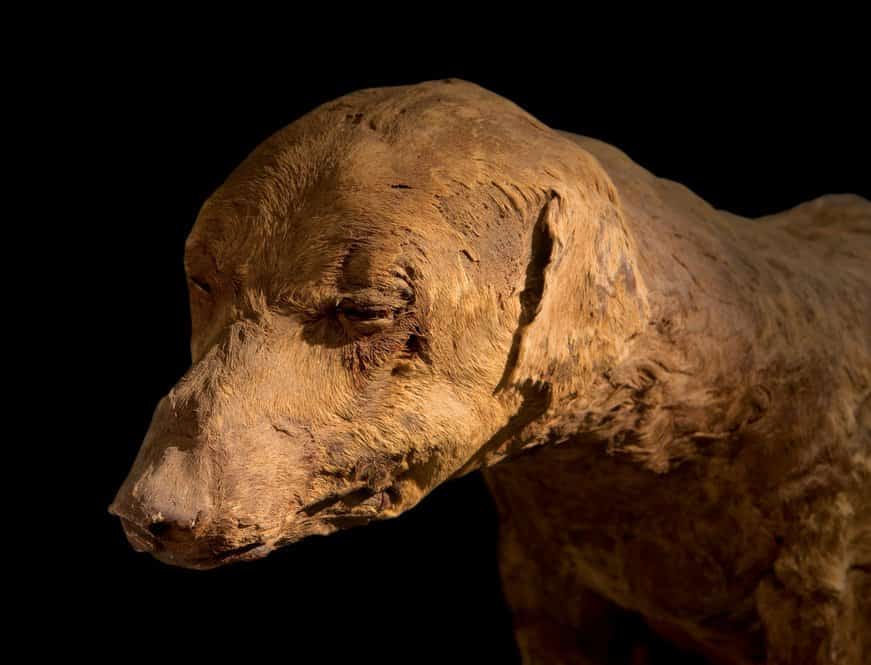

Natron's detergent properties are now commercially supplied by soda ash (pure sodium carbonate), the mixture's chief compound ingredient, along with other chemicals. Most of natron's uses both in the home and by industry were gradually replaced with closely related sodium compounds and minerals. The mineral was also employed as a flux to solder precious metals together. It was used along with sand and lime in ceramic and glass-making by the Romans and others at least until AD 640. Natron is an ingredient for making a distinct color called Egyptian blue, and also as the flux in Egyptian faience. Thy mouth is the mouth of a sucking calf on the day of his birth.įive pellets of natron of the North, Wadi Natrûn ( št-p.t) Thou also purifiest (thyself)-thou who art among them. Thou purifiest (thyself) the god purifies (himself).

Thou purifiest (thyself) Thot purifies (himself). Thou purifiest (thyself) Set purifies (himself). Thou purifiest (thyself) Horus purifies (himself). Five pellets of natron from Nekheb, Upper Egypt. To say four times: Thou hast purified thyself with natron, together with Horus (and) the Followers of Horus. That which the two harmonious gods (spit out) is smin. O N., thou shalt taste its taste in front of the sḥ-ntr-chapels. The ceremony required two kinds of natron, one sourced from northern (Upper) and one from southern (Lower) Egypt. The Pyramid Texts describe how natron pellets were used as funerary offerings in the rites for the deceased pharaoh, "N". Natron was added to castor oil to make a smokeless fuel, which allowed Egyptian artisans to paint elaborate artworks inside ancient tombs without staining them with soot. In some cultures, natron was thought to enhance spiritual safety for both the living and the dead. Moreover, when exposed to moisture, the carbonate in natron increases pH (raises alkalinity), which creates a hostile environment for bacteria. The mineral was used during mummification ceremonies in ancient Egypt because it absorbs water and behaves as a drying agent. It was also an ancient household insecticide, and was used for making leather as well as a bleach for clothing. Natron can be used to dry and preserve fish and meat. The mineral was mixed into early antiseptics for wounds and minor cuts. Undiluted, natron was a cleanser for the teeth and an early mouthwash. It softens water while removing oil and grease. Blended with oil, it was an early form of soap. Historical natron was harvested directly as a salt mixture from dry lake beds in ancient Egypt, and has been used for thousands of years as a cleaning product for both the home and body. A faience vase fabricated in part from natron, dating to the New Kingdom of Egypt (c.


 0 kommentar(er)
0 kommentar(er)
